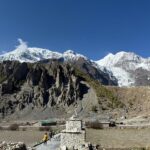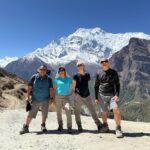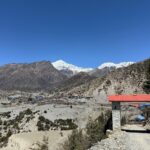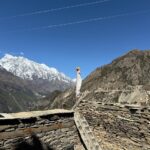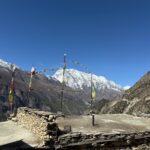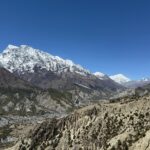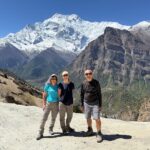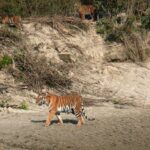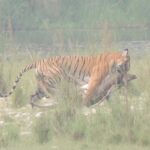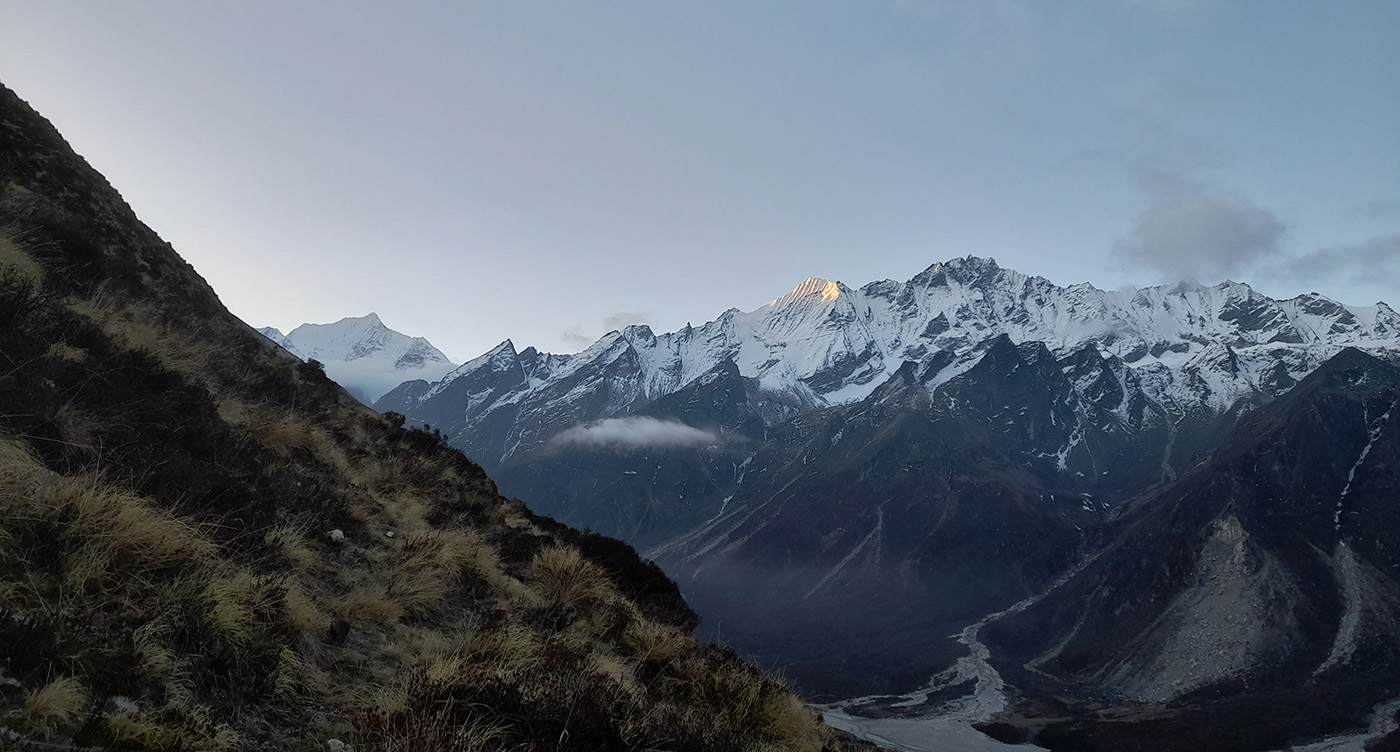
Best Time for Langtang Valley Trek
The best time to trek in Langtang Valley is during spring. (March to May) and Autumn (September to November). These seasons offer ideal hiking conditions. with a clear sky medium temperature and has the least amount of rain in the spring. You will enjoy a vibrant landscape with blooming flowers and active wildlife.
The autumn air is fresh. Stunning views of the Himalayas and opportunities to experience local festivals Both seasons guarantee stable weather conditions and comfortable hiking. Avoid monsoons (June-August) due to slippery roads and heavy rain; and winter (December-February) due to extremely cold weather and heavy snowfall. For a memorable trip It’s best to plan your trip during the spring or fall.
Located in the northern part of Kathmandu Valley, Langtang Valley attracts trekkers across the world with its breathtaking views. Rich cultural tapestry and amazing proximity to Himalayan giants.
This trek is an incredible blend of natural beauty and adventure. But your experience depends largely on the season in which you are hiking. Because Nepal has different seasons. Choosing the right time for your Langtang Valley adventure can be challenging.
In this complete guide we will detail the seasonal features of Langtang Valley hiking trails. Finally, you can determine the best time for hiking. This ensures a memorable experience.
Overview of Langtang Valley Trek
Langtang Valley Hiking Trail, located within Langtang National Park, is famous for its diverse flora and fauna. Stunning mountain scenery and diverse landscapes This trek covers approximately 70 kilometers in 10 to 12 days, reaching some of the most dramatic Himalayan peaks. You will visit the warm and friendly village of Tamang Sherpa. and experience ‘Glacier Valley’ where you can see majestic glaciers and ice cracks. Accessible from the comfort of Kathmandu Valley, this trek is ideal for those with limited time. From Shabrubesi to Kyanjin Gompa.
Weather and Climate in Langtang Valley
Nepal’s unique geographical formation results in distinct seasonal cycles, categorized into Spring, Autumn, Monsoon, and Winter. For trekking, the most popular seasons are Spring (March to May) and Autumn (September to November), which also apply to the Langtang Valley Trek.
Best Seasons for Langtang Valley Trek
Spring and autumn are the best seasons for trekking in Langtang Valley. The climbing season with these high peaks attracts many trekkers due to the favorable conditions.
- Trekking to Langtang Valley in spring (March to May)
In spring, Langtang’s landscape is filled with the bright colors of blooming rhododendrons and wildflowers. The sky is clear. Moderate temperatures (10 to 20 degrees Celsius) and little rainfall create ideal hiking conditions. Wildlife is active and provides opportunities to view and photograph wildlife. Expect occasional pre-monsoon rain and crowds. Because spring is the popular hiking season. - Trekking in Langtang Valley in Autumn (September to November)
Autumn is another good time to trek Langtang Valley. Cool mornings and relaxing afternoons. Temperatures range between 10 and 15 degrees Celsius, making for perfect hiking conditions. The clear skies revealed breathtaking views of the Himalayas, which are often covered in snow in the early hours. Lively autumn leaves Including various plants and animals. Active places enhance this hike. The season also coincides with important Nepali festivals such as Dashain and Tihar, adding cultural richness to your experience.
Off-Season Trekking in Langtang Valley
Hiking in Langtang Valley is easy all year round. But the monsoon and winter seasons also present additional challenges.
- Trekking in the Langtang Valley during the monsoons (June to August)
The monsoon season brings frequent rain and high humidity. This makes the path slippery and unreliable. Even though the landscape and waterfalls are green, But landslides or flooding also increase the risk of injury, water seepage and road blockage. Views of the Himalayas can be obscured by clouds, however, there are few trekkers during this time to provide a tranquil experience. If you prepare well - Trekking in Langtang Valley in winter (December to February)
Winter turns Langtang into a snowy wonderland. Trails covered in snow and extreme temperatures (–5 to –10 degrees Celsius) can be challenging. Especially for those who have no previous hiking experience. Even in adverse conditions Winter also offers beautiful snowy scenery and fewer crowds. This makes for a more personal experience. Prepare additional supplies and clothing. and consider the possibility of closed tearooms and limited accommodations.
Tips for Choosing the Best Time for Langtang Valley Trek
Choosing the best time for your Langtang Valley Trek takes into account several factors:
- Personal preference: Fall is great for local festivals if cultural experiences are important. Winter offers a unique perspective on snowy landscapes. Spring is great for wildlife viewing. Meanwhile, monsoons provide a peaceful environment for experienced trekkers.
- Crowd Tolerance: If you enjoy hiking with other people, this is a good idea. Spring and autumn are lively. Winters and monsoons are preferred for solitude.
- Physical Fitness and Previous Experience: Hiking requires good physical fitness. Especially if hiking during the off-season. Beginners should consider spring or fall. While experienced trekkers can cope better with winters or monsoons.
Use this guide to choose the best season for your Langtang Valley adventure. And prepare for a hike that suits your preferences and experience level.

